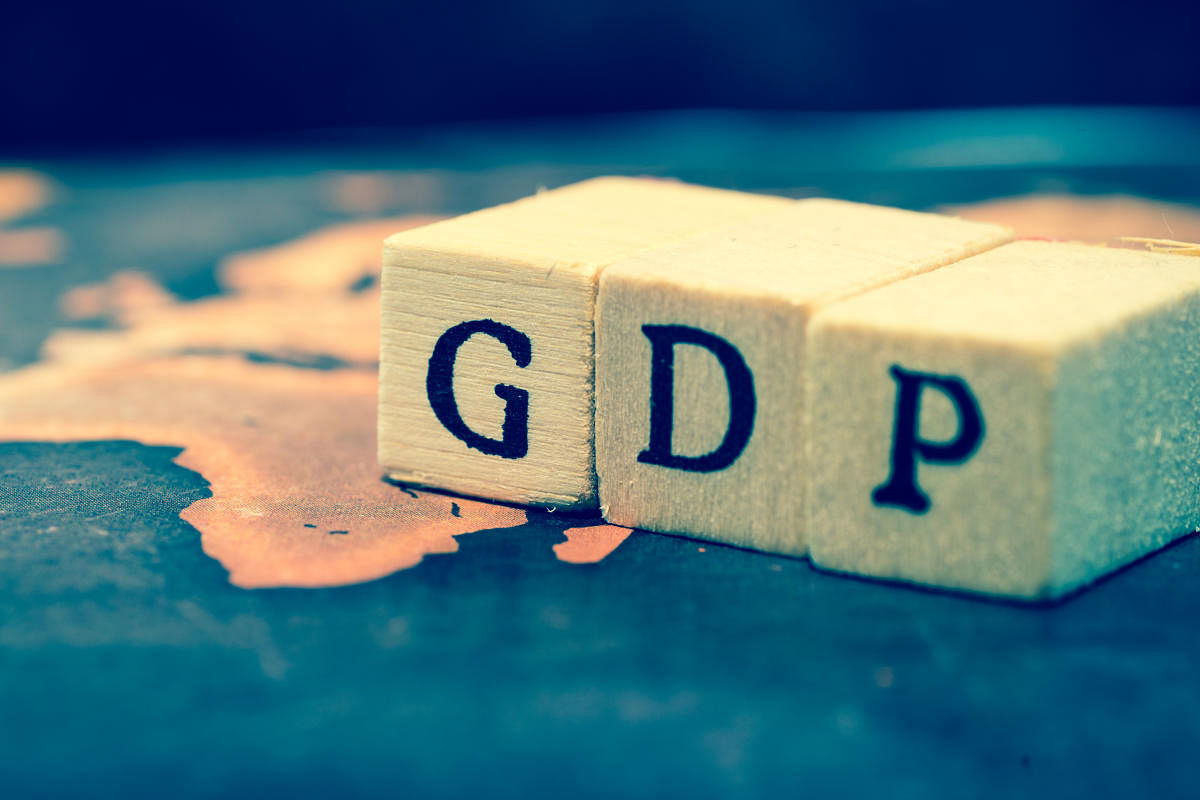
By Mihir Sharma
During election years such as this one, outgoing finance minister offers up only an “interim budget,” under the assumption that the incoming government will have different policy priorities.
Given that Prime Minister Narendra Modi’s government was reelected so easily, one might think the budget it’s scheduled to present on July 5 won’t look much different. It should.
Modi’s new finance minister, Nirmala Sitharaman, faces different conditions than her predecessor. In the months since the interim budget, India’s economy has taken a turn for the worse. In May, we learned that the economy had grown at only 5.8% in the three months between January and March, significantly lower than expected. The monsoon -- crucial for growth in agriculture, which employs half or more of India’s workers -- has under-performed. Rain in June was a third less than expected; it was the fifth-driest of June in a century. That means consumer demand in India will be under further pressure and the government will be expected to step in to support spending and provide welfare.
Given those conditions, markets might forgive some deviation from the government’s fiscal glide path. The plan has long been to reduce the fiscal deficit to 3% of gross domestic product, but instead, it seems to be stuck closer to 3.4% of GDP. Sitharaman will be tempted to further relax that target. Gross government debt as a proportion of GDP in India is fairly high, at close to 70%. Still, if combined with a credible plan to control expenditure, missing the deficit target slightly won’t be seen as a disaster.
What is far more important is to restore the government’s credibility. Frankly, the deficit figures in the interim budget didn’t stand up to sustained scrutiny. A couple of years ago, India introduced a new indirect tax regime which, while still a good idea in theory, has in practice been so poorly designed that revenue collections have been lower than expected. In 2018-19, the actual collections from the goods and services tax were more than 10% less than budgeted the previous year.
Even so, the interim budget assumed that the collection of the GST would grow by 18% in 2019-20. That claim found few takers. Now that even the government admits that the economy is slowing, it’s hard to see how the full-year budget could possibly repeat that assumption and still be taken seriously.
The Indian government is already short of credibility at the moment, buffeted as it is with questions about the accuracy of, among other things, its GDP estimates. Making sure that her sums add up and are seen to add up should be Sitharaman’s priority.
Union Budget 2019 | Get live news updates, views & analysis here
And restoring the finance ministry’s credibility requires more than ensuring that the fiscal deficit numbers are believable. Sitharaman must also acknowledge that a lot of the government’s recent spending has been funded off-budget. It has essentially ransacked the public sector for funds. Among other dubious practices, struggling state-owned companies were made to borrow money on the market in order to fund government spending. All of that adds to the government’s contingent liabilities -- and makes borrowing more expensive for the private sector -- without being accounted for when the fiscal deficit is calculated.
There’s no point in making a heroic effort to come up with a reasonable deficit target and then trying to hit it if the deficit itself is no longer being seen as the most effective indicator of how much the government is taxing, spending and borrowing. The budget will have to take the first steps toward fixing this.
Modi’s second term is unlikely to be as fortunate as his first. His first federal budget was presented as oil prices began a dramatic fall; the government took that oil bonanza and spent it, while simultaneously building up an unearned reputation for fiscal rectitude.